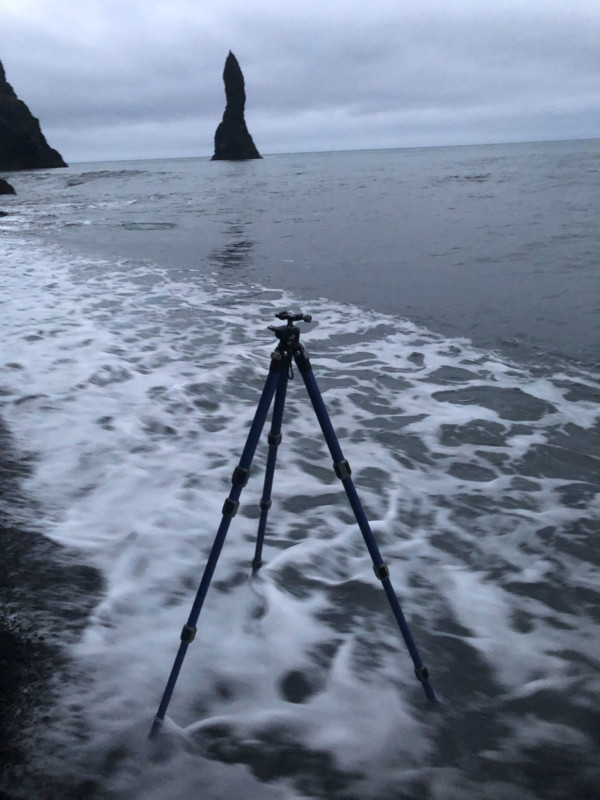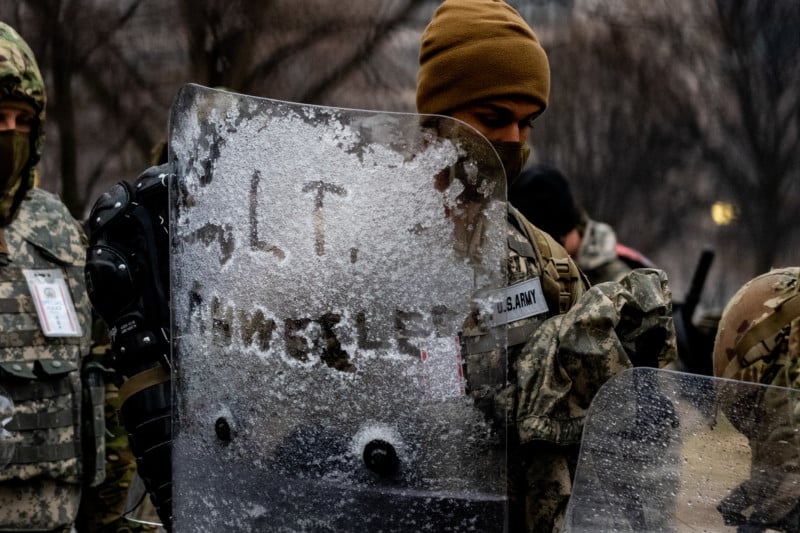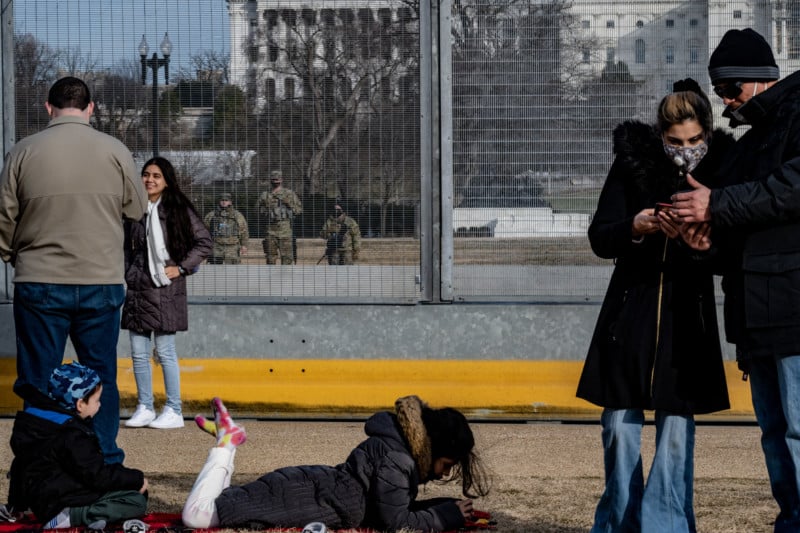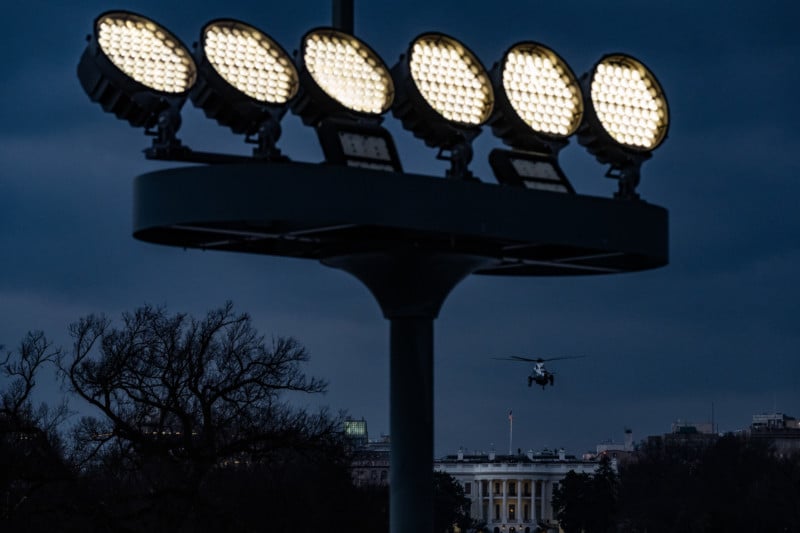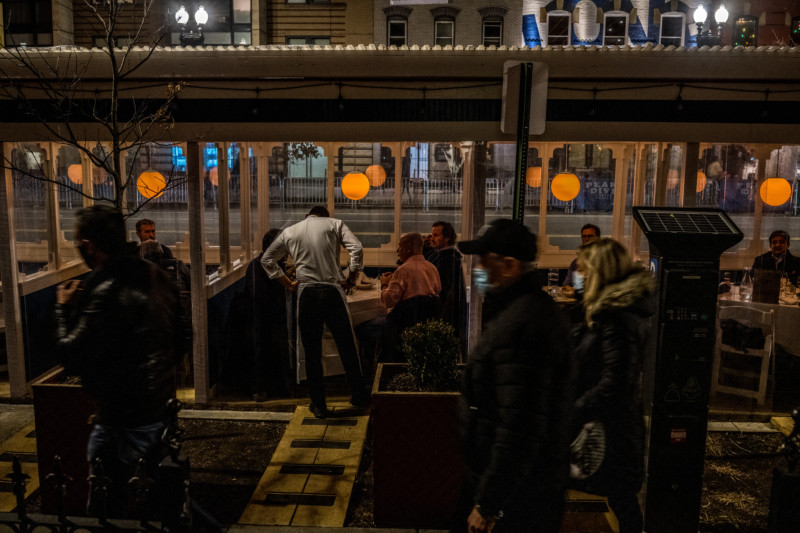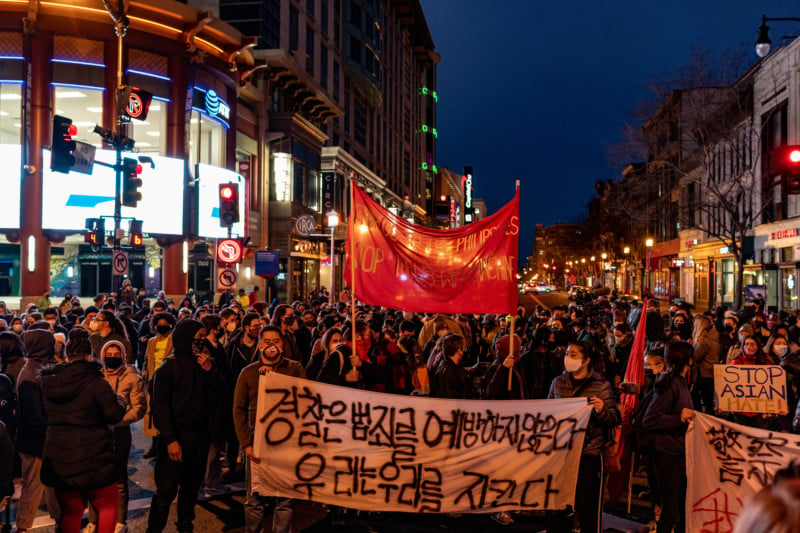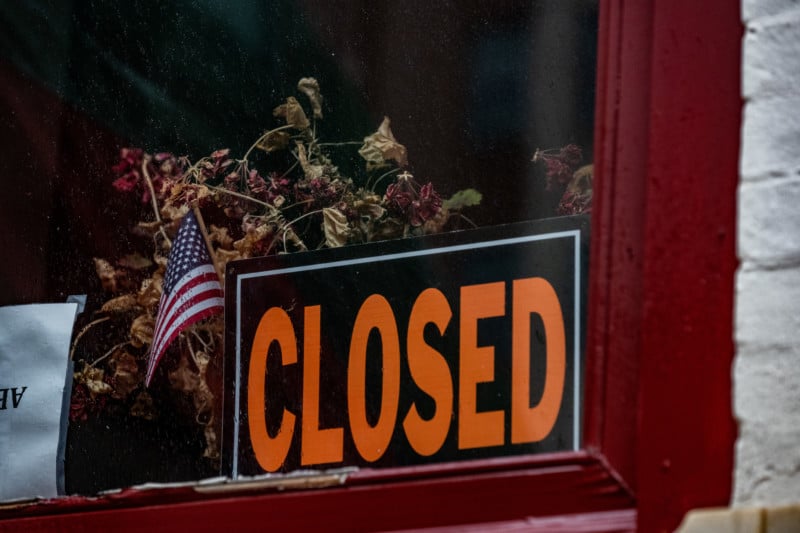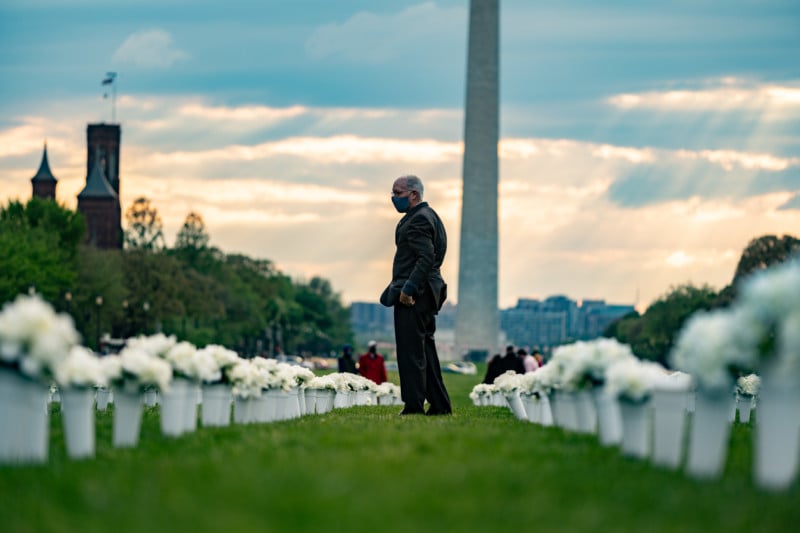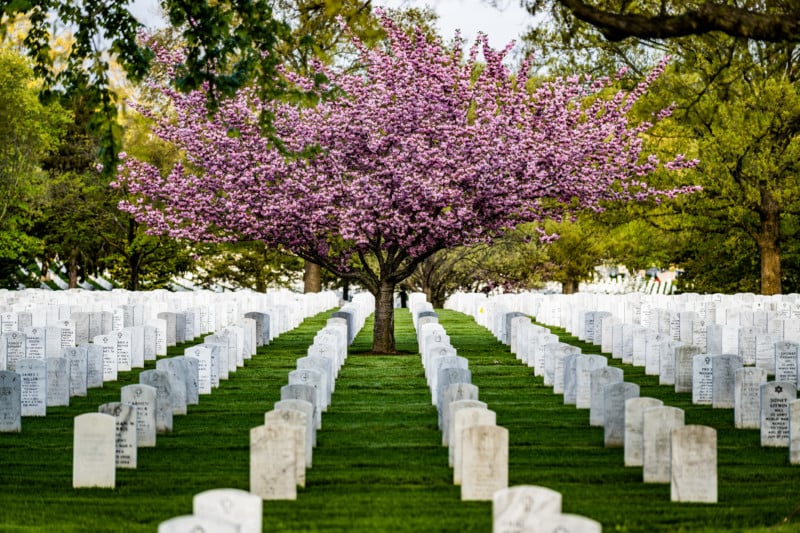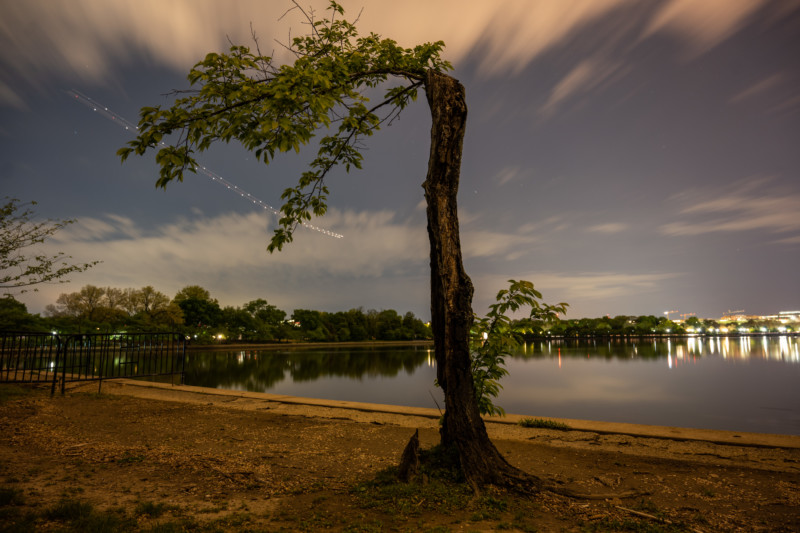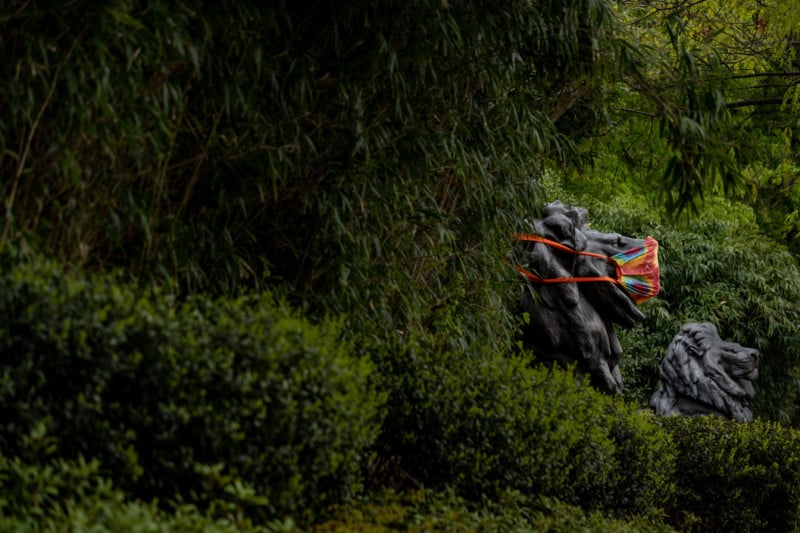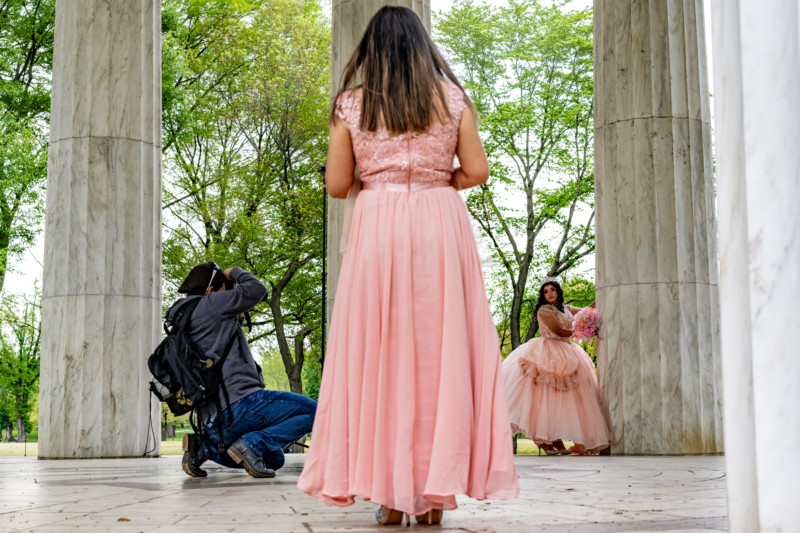
When competing in an attention economy, giving your audience a reason to stay rather than scroll onwards is one of the most essential paths to retaining that attention.
Offering value in some way that makes people want to see the next slide, turn the next page, or even buy a print or publication to see a completed work can be a difficult balancing act — too much value and there is no incentive to continue investing in that work, not enough and people will lose interest.
Currently, this has been the priority at the front of my mind when working on my projects, in shooting, sequencing, publishing, and marketing. I want to give those who choose to spend their money and time viewing my work something more than a collection of images. I want there to be a reason to stay invested in a project, a flow that demands the next page turn with a real narrative unfolding across the publication.

Truly outstanding individual photographs in any genre can be found on any of the current sharing platforms and forums, but it isn’t enough for me to allow this to be the way I present work when I have something to say. When I want someone to care about a character or cause it isn’t enough to me to have one transcendent image that says everything, I’d prefer to do a deep dive and really spend time with my audience unpacking these ideas from my perspective.
Looking back on my time when street photography was my main focus — now it has evolved into structured, long term documentary work — I struggle to find this core driving motivation of work that has anything to make an audience truly care about the story being told. This is mainly because they are one-offs, or sequences based on themes and locations rather than a narrative involving who, what, when, where, why, featuring a beginning, middle, and end.
For all the genuinely fantastic images that fit the street photography genre, very few, especially in the new wave style, seem to be actually satisfying in a narrative sense.

There is little reason to care about a street photograph if all it does is pose questions, offering no resolution. Who are these interesting or mysterious characters? What are their stories? What can we learn from these ideas, often so beautifully presented? It’s all build-up, no payoff; all joke, no punch line. Little continuity, just themes, and iterations. This isn’t inherently a bad thing, but when looking for value in even the best examples of contemporary new wave street photography, it is fleeting at best.
There’s a chance that forty years from now there will be a nostalgic and historic value, which is what we find today in the work made in the 70s/80s, but that will only be true for a fraction of work being produced today; and again in reference to the new wave approach, will we really look back on silhouettes walking through beams of light with a nostalgic twinge? Will “timeless” work really be useful to history when it’s been made not as a documentary of the present but in the mindset of existing nostalgia?
A street photographers “legend” can seem to be about themselves, their personality and context, rather than about the content of their images, the stories of their subjects, who are preserved as caricatures, very little grounding them to anything other than their likeness (those who aren’t silhouettes, who are grounded to, and represent almost exclusively emptiness for the audience to project onto).
Characters and visceral emotion: these connect an audience to an image, not geometry and light, the way some talk about geometry in photography you’d think they were mathematicians! Searching for shapes, for light, these are decisions made from photo to photo, which fit around a true emotional core, not something that should define a career. Story and narrative arcs are the glues that connect one image to the next and are what make your audience want to turn to the next page.
If humanism and the exploration of humanity through photographic anthropology is genuinely what drives your work then I truly believe that you will find the most reward in finding answers and realizations to personal struggles through your own observations rather than to pose ambiguous questions, set atop aesthetic pedestals. Maybe that’s enough for some, but not for me. I spent too long chasing images that ask questions rather than ones that offer personal resolution, and I see a lot of the time spent on those early street photographs to have been wasted, aside from less than a handful of gems, just a lot of regret and wasted potential.
A few humanist photographers worth studying with cohesive bodies of work presented in a way that offers genuine value in every page turn are Jim Mortram, Tish Murtha, Sagar Kharecha, and John Bolloten, all UK based documentarians.
Like these photographers, I do my best to extend the offer of value to my audience beyond the confines of single images and into the way I prepare my projects in print. I want people to engage and invest in the story I’m telling so that every page turn presents them with new information and keeps them moving through my sequence, not just hitting them with constantly context-less but pretty iconography.

If pages aren’t harmonious, if there’s no conversation between spreads or if it’s simply presenting individual images with no relation other than the same photographer made them, then there’s no real reason for a reader to turn to the next. If a prose book tried to tell a coherent story by putting disjointed sentences sharing no connective tissue with one another, jumping from idea to idea with every turn of the page then unless there’s a strong conclusion to tie this gimmick together it would not be particularly compelling — it would be a confusing, incoherent mess. Where this comparison may work is in an anthology book of individual poetry or shorts, where each page is self-contained.
Translating this idea to photographs allows something like a box of prints to be an effective and powerful way of showcasing photographs, but as soon as you stitch those into binding they are permanently sequenced; if done randomly without intentionality for a flow then it reverts to that random, disjointed, motivation less experience for an audience.

Working on my publications once I’ve curated the soul of the project the rest of my time is spent weaving my images into each other, composing new “complete” pieces across spreads of two or more pages, so that everything works together and keeps the eye moving constantly in the direction I want to guide my viewer. In the same way, movies work with beats, the best examples being ones that hit the right emotional beats at the same time as the narrative ones whether they involve silent contemplation or explosive energy, I want to lead into an emotionally resonant moment at the same time that my page designs line up and offer a moment of clarity and realization.
Whether or not my audience does in fact care about the way my work is presented to them in this way is down to what they end up bringing to the process. I’m open to understanding that even though I invest a lot into presenting ideas in a way that makes sense to me, it may not land with everyone in that way.
Having said that, I think it’s still important that I do my best to offer value in some way rather than thoughtlessly generating content that relies entirely on what people bring to it when viewing. Even a modicum of artistic direction can go a long way, and the feedback I’ve had from those for whom my work does land is a testament to this – I value that input far more than social media platitudes.

Where some may find value in the social media grind, I think that it contributes to one of the least caring attitudes to consuming photographs. The number chasing aspect makes the “wrong” part of things competitive, instead of looking at who makes the best, it’s about who can gather the most following regardless of the actual results. Ultimately, all of the social media game is for the sake of work that is scrolled by in seconds, very rarely making any kind of impact at all.

I feel the opposite of competition can be not only possible but effective and positive. When I collaborate on publications and print set sales with my collective, it is without individual ego. The summation of our work would not exist without all our efforts. When I put out an individual publication or print sale, I don’t think it’s in competition with anyone else because no one else is truly offering the same product.
Of course, two darkroom printers can each sell their prints without stepping on the toes of the other, because the work itself is different and will appeal to different people. If you look beyond the fact that it’s a piece of paper or pages, the actual nature of the product becomes clear. Just because I sell a book with pages doesn’t mean I’m competing with the Tolkein estate just because they also sell book publications.
If someone likes what a photographer is putting out then they can support that photographer, and if they like the work of two photographers then that’s even better. It simply isn’t a zero-sum game, but that is how social media can make things seem, a twisted landscape to operate within.
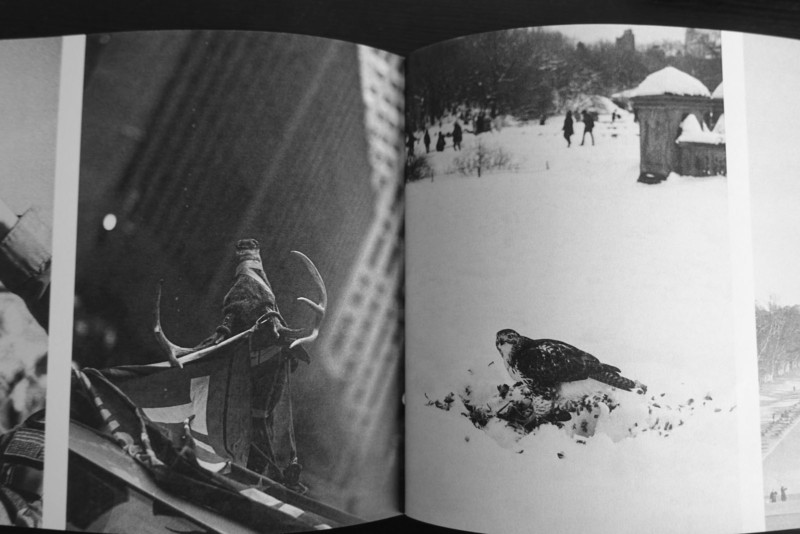
Once you have my zine, book, or print in hand, I am no longer competing for your attention — something not very possible online, undivided attention. It wasn’t too long ago that you could watch a video online with no adverts, now there are minutes of un-skippable ones, not just before the video but interspersed inside the content, literally dividing the attention.
I am sure we are not too far away from having to see a slide or two of adverts on a carousel before we are able to get to the actual image content we are after. Not yet mainstream, but not difficult to imagine.
If your photographic identity is tied to that icon in your phone then you will not escape from leaning towards producing meaningless work to feed the serotonin trap. Come up with something vaguely pretty and bold so it fills the phone screen and the little numbers will give you the brain feel-good reward, and you’ll spend your whole career or time as a hobbyist chasing that high instead of the deeper, harder earned ones which only come from challenging yourself, your process, and your audience.

Just because my photographs are not something that exist in a meaningful way digitally, on digital spaces, doesn’t mean that they are unavailable. It’s not a return to a bygone time, or moving backward, or refusing to progress.
Look at the language we use when people remove themselves from social media entirely, like “unplug”, or “disconnect.” It’s not some grand ceremonial exiting of society, it’s just using a device slightly less. We offer all this grandiosity to platforms when we should be assigning it to ourselves.
My work exists in the present, physical now, not a transient space. Once you’ve swiped past a post, it usually ceases to exist at all. My work on walls, in collections, folders, shelves, binders, will continue to last if treated well. They don’t simply vanish into vaporware.
I think social media does have its place but not as a space to showcase powerful ideas, but rather to discuss them. When I put my handle out there and say follow me it’s not so that I can blind you with special work because I don’t want to waste the impact of an image with the first time you see it being on a screen, no matter how large, I want it to be on a page where I’ve made the decisions, the texture of the fibers, so you feel it as you see it, its own artifact.

Instead, when I suggest that people follow my social feeds, it’s an invitation to be part of the community of people finding value here. Talk to me, send a message, engage in the comments: the social of social media, it’s not about the media but the social community it gathers in, from all over the world. Some great figures like Andy Adams are leading many to move to the Twitter platform which allows a much smoother conversational system than some photo sharing sites.
It’s why the direction of our collective New Exit Group’s presence on Instagram isn’t a highlight reel of our own work but somewhere we share our process, as well as a selection of work from people we’d like to draw attention to, in a way that pulls ideas together rather than single images one at a time. We rarely share individual pieces, but we instead use diptychs and slideshows so that we aren’t just talking amongst ourselves but showing that work can coexist in sequence harmoniously and collaboratively.
Of course, the things any of us may care about are entirely subjective. Some may not care for images showing people and their stories at all, some love nature so will respond better to a beautiful vista or still life of a leaf in a frozen puddle.
However, the way that work is presented in a cohesive way transcends documentary photography, so there is still something to be taken from these ideas, and true value can be found in bodies of work presented in a mindful way, leading your readers and audience to truly care about what you’re offering them.
About the author: Simon King is a London-based photographer and photojournalist, currently working on a number of long-term documentary and street photography projects. The opinions expressed in this article are solely those of the author. You can follow his work on Instagram and you can read more of his thoughts on photography day-to-day over on his personal blog. Simon also teaches a short course in Street Photography at UAL, which can be read about here.





